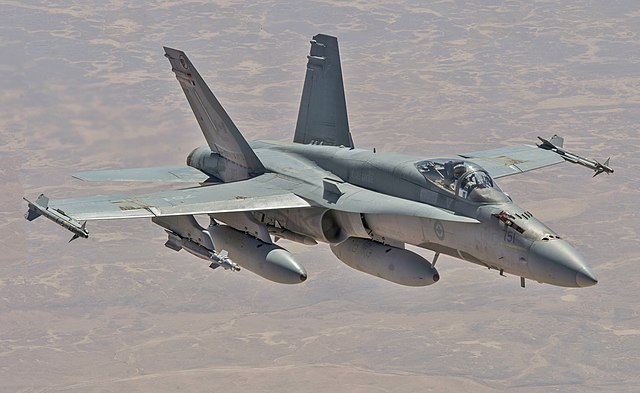
OTTAWA — The federal government is planning to loosen its industrial requirements for fighter-jet makers in the $19-billion competition to replace Canada’s aging CF-18s.
The planned modification follows recent U.S. complaints that the previous criteria violated Canada’s obligations as one of nine partner countries in the development of the F-35, one of the small handful of planes expected in the competition.
Yet the proposed change has sparked complaints from some of the companies whose planes will be competing against the F-35, who say the new approach goes too far in the other direction.
Canada has long required companies bidding on major defence contracts to commit to re-investing back into the country, with those unable to make such a contractual commitment seeing their bids tossed out.
But in a presentation to companies on Thursday, the government said it plans to allow bids missing such a commitment in the fighter-jet competition — they will be just docked points in the assessment.
The plan is intended to maximize the number of bids in the competition to buy 88 new jets while still aiming for the largest-possible economic spinoffs, a senior government official told The Canadian Press.
The U.S. had threatened not to enter the F-35 into the competition if the requirement wasn’t changed, noting that under the partnership agreement signed in 2006, companies in each member country instead compete for work.
The threat was contained in a letter sent to the government from the head of the Pentagon’s F-35 office in December and published in a report from the Macdonald-Laurier Institute think tank on Monday.
Canada has contributed roughly $500 million over the past 20 years toward developing the F-35, while Canadian companies have won nearly $1.5 billion in contracts associated with the stealth fighter. Canada will also be able to buy the plane for less than non-members.
The proposed new process will see the government evaluate bids on a scale, with 60 per cent of the points based on the plane’s capability, 20 per cent on its full lifetime costs and the remaining 20 per cent on industrial benefits to Canada.
Bidders can still guarantee that they will re-invest back into Canada if their jet wins the competition and get all 20 points – which is the likely approach for Boeing’s Super Hornet, Eurofighter’s Typhoon and Saab’s Gripen.
But those that can’t make such a commitment will be asked to establish “industrial targets,” lay out a plan for achieving those targets and sign a non-binding agreement promising to make all efforts to achieve them.
The government will study those plans and assign points based on risk. This is the likely approach for Lockheed Martin and the F-35, which the U.S. has said could provide Canadian companies with billions in work over the next 50 years.
The planned new approach has already stirred complaints from some of Lockheed Martin’s competitors, who question why the F-35 should get points if the company can’t guarantee re-investment back into Canada.
There are also concerns about how the government will decide how risky plans to achieve “industrial targets” actually are, with one industry source saying that question is entirely subjective.
Bidders were also told Thursday that the actual launch of the competition has been delayed until mid-July. Government officials had previously said they hoped the starting gun would be fired by the end of the month.